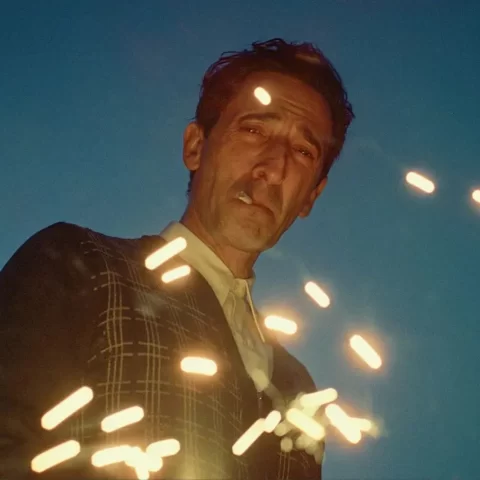
Viceroy’s House
Gurinder Chadha’s skillful examination of the political turmoil in 1947 India.
The picture Viceroy’s House directed by Gurinder Chadha was screened out of competition at the Berlinale.
The film tells the story of love between Jeet and Aalia set against the historical scenes surrounding partition of India in 1947. Their differing religious backgrounds become a source of conflict as the colonial rule terminates and India gets divided into Muslim Pakistan and secular India.
Queen Victoria’s great-grandson Lord Mountbatten arrives to Delhi as the last viceroy; he has the task of trying to make the smooth transition of power. The film broaches serious problems and is a skillful examination of the political turmoil of that time. The picture is shot in a dynamic fashion, has good camerawork and even has some humor. At the press screening the picture had a positive response. The film shows well the everyday life of the last viceroy of India, many interesting details create the unique atmosphere which is complimented by the soft sense of humor. It is a lavish production, features many impressive crowd scenes, beautiful interiors and exteriors as well as costumes.
Some flaws of the film include that the romantic subplot was less developed than the historical narrative, which was shown in a more interesting way. The acting of Hugh Bonneville (Lord Mountbatten) and Gillian Anderson (Lady Mountbatten) was also better than by Manish Dayal (Jeet) and Huma Qureshi (Aalia). This is Bonneville’s first lead part in cinema, before he mainly played on TV, his best known role was Robert Crawley in Downton Abbey. Despite the complexity of his role he successfully created a memorable character.
Also the happy ending is not very convincing and the film would be more powerful and dramatic without it.
Film director Chadha was exploring the theme which was interesting and familiar to her and managed to create a piece of art which became a highlight of the 2017 Berlin International Film Festival.
